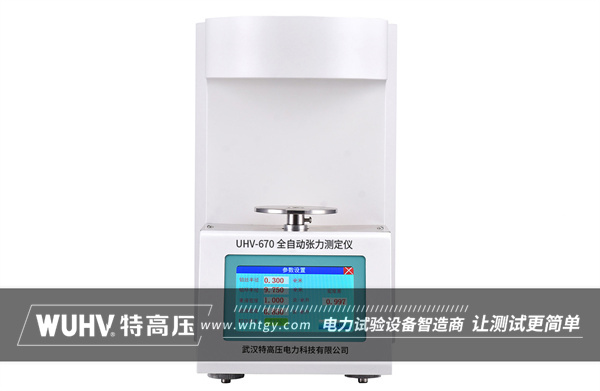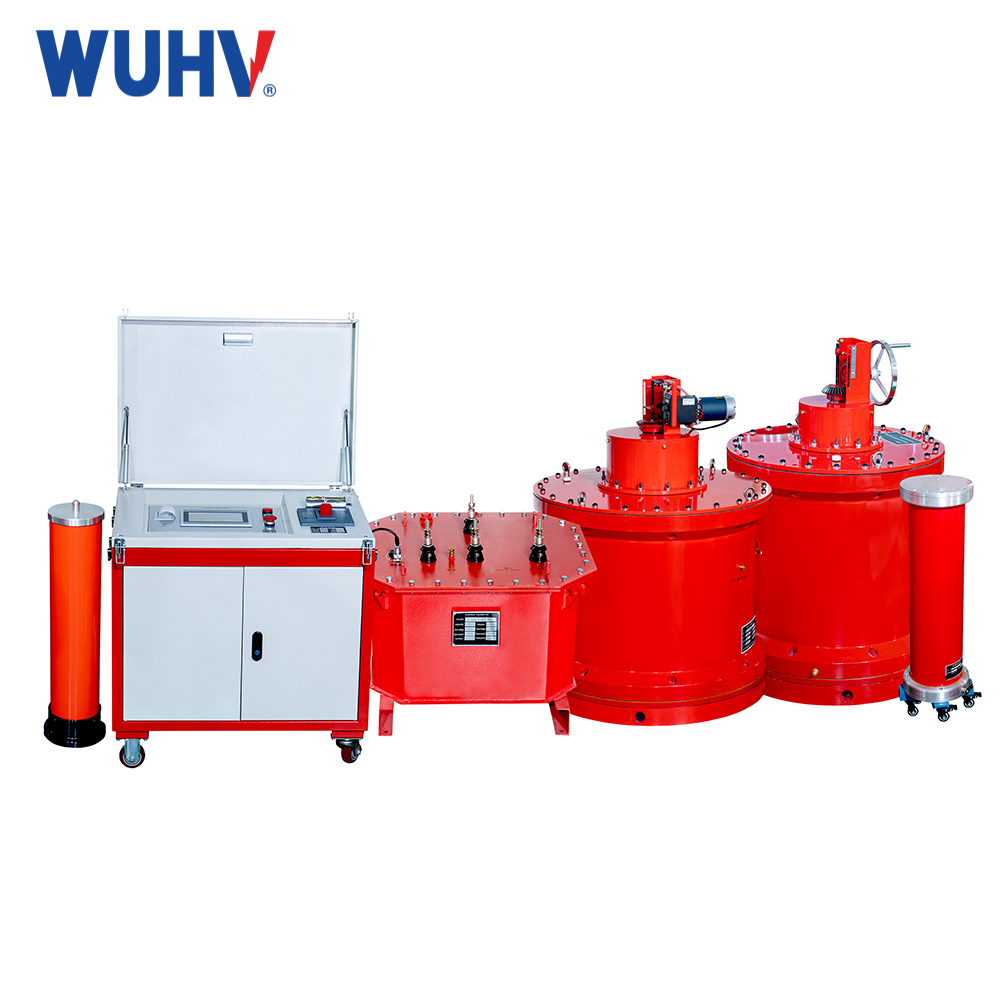The surface tension tester under the ultra-high voltage power company can help many power workers conduct various power tests more conveniently.

The principle of the surface tension tester is mainly based on several different methods, all of which are used to measure the surface tension of liquids. The following are detailed introductions to several common principles and methods:
Principle of Balance Method:
Principle description: By hanging a weighing rod or ring on the surface of the tested liquid and measuring the relationship between the force generated by the rod or ring on the liquid surface and its weight, the surface tension can be calculated.
Specific operation: Select a suitable test rod or ring and hang it on the surface of the tested liquid. Adjust the controller to ensure that the test rod or ring is in a balanced state. At this point, the balance between the force generated by the test rod or ring on the liquid surface and its weight can reflect the magnitude of the surface tension of the liquid.
Attention: In order to ensure the accuracy and reliability of the test results, it is necessary to carefully select the test rod or ring and strictly calibrate and control its related factors.
Maximum reduction angle method (minimum surface free energy method):
Principle description: When a liquid droplet is dropped on a solid surface, its edge will radiate outward. As the liquid droplet increases, its edge will be pulled towards the limit position, which is defined as the maximum drop angle. The maximum reduction angle is related to the surface free energy of the material, so the surface tension of the measured liquid can be calculated by measuring the maximum reduction angle.
Applicable scenarios: Mainly used for measuring surface tension in contact between solids and liquids.
Operation points: In practical operation, it is necessary to pay attention to controlling the droplet size and shape, and use standard solids as comparison objects to accurately determine the maximum reduction corner point.
Principle of Bubble Method:
Principle description: Utilizing the attraction between liquid molecules and the compression of surface tension when bubbles are formed in the liquid. By measuring the change in radius of bubbles during their formation, the magnitude of surface tension can be determined.
Attention: This method requires precise control over the size and shape of the bubbles to ensure the accuracy of the measurement results.
Dynamic method:
Principle description: By measuring the oscillation period or amplitude of a liquid under lateral vibration, the surface tension value of the liquid can be calculated.
Advantages: Easy to operate, fast, accurate, suitable for measuring surface tension of various liquids.
Attention: This method has high requirements for liquid viscosity and is usually not suitable for measuring high viscosity liquids.
Combining camera technology and image processing technology:
Principle description: By analyzing the surface tension of a liquid through the formation process of droplets, combined with camera technology and image processing technology, the surface tension is estimated by monitoring the shape and size of droplets.
Advantages: This method can provide more intuitive and accurate measurement results.
In summary, the principle of surface tension tester is mainly based on various methods such as balance method, maximum reduction angle method, bubble method, dynamic method, and combined with camera technology and image processing technology. Each method has its specific operational points and scope of application, and suitable methods can be selected for testing based on specific test objects and requirements.



















